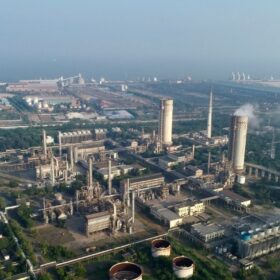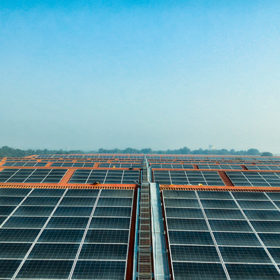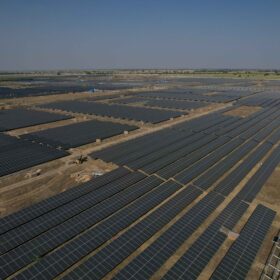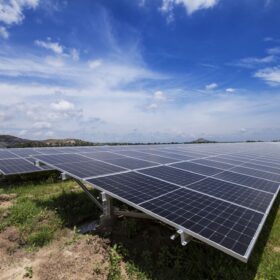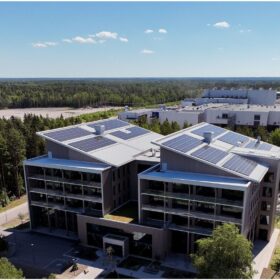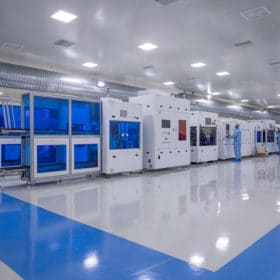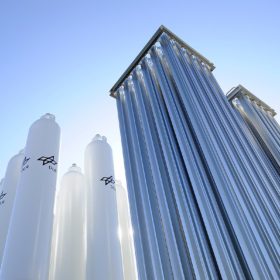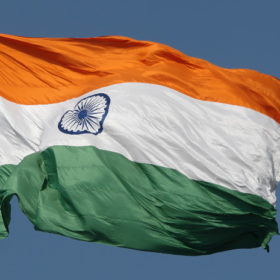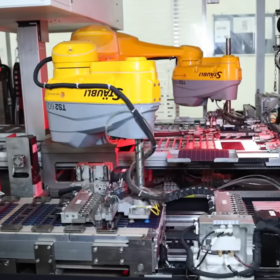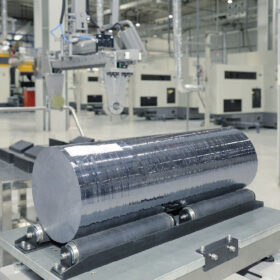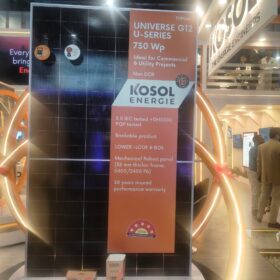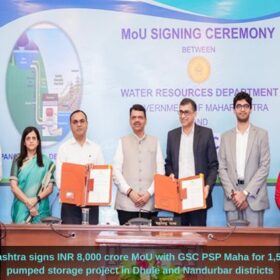AM Green brings million-ton green ammonia project to FID
AM Green Ammonia has reached final investment decision (FID) on its first million-ton green ammonia project in Andhra Pradesh. Majority of production from the plant will be exported to Europe.
Tata Power Solar partners ICICI Bank for easy financing to residential and corporate customers
ICICI Bank will provide low-cost loans to residential and corporate customers for purchase of Tata Power solar panels.
India installed 15 GW of solar in first half of 2024
India added 14.9 GW of new solar capacity in the six months ending June, breaking all previous half-yearly and annual PV installation records.
BC Jindal Group enters renewable power generation, solar manufacturing
BC Jindal Group, a flexible packaging film and downstream steel product manufacturer, has formed a dedicated entity, Jindal India Renewable Energy (JIRE), with an aim to generate 5 GW of power from solar, wind, hybrid and FDRE modes. JIRE will also manufacture solar PV cells and modules.
Sembcorp lays foundation stone for green ammonia plant in Tamil Nadu
Singapore-headquartered Sembcorp has started construction work for its green ammonia plant that will initially produce 200,000 metric tonnes per annum of green ammonia for export to Japan.
Northvolt closes Cuberg’s ops, shifts lithium-metal battery R&D to Sweden
Three years after acquiring US-based Cuberg, Swedish battery maker Northvolt has decided to shut down the California unit and move future lithium-metal battery R&D to Sweden.
Premier Energies IPO to open for subscription from Aug. 27
Premier Energies intends to use INR 968.6 crore from the net proceeds to part-finance the establishment of a 4 GW TOPCon solar cell and module manufacturing facility in the Hyderabad district of the Indian state of Telangana. Amount not exceeding 25% of the gross proceeds will be utilized for general corporate purposes.
Exide Industries invests INR 75 crore in lithium battery arm
Exide Industries Ltd has invested INR 74.99 crore in lithium battery arm Exide Energy Solutions by way of subscription to the equity share capital on rights basis.
The Hydrogen Stream: SECI invites proposals to develop green hydrogen hub infrastructure
Solar Energy Corp. of India (SECI) has invited proposals to develop the core infrastructure required for setting up of green hydrogen hubs under the National Green Hydrogen Mission. Bidding closes on Oct.7.
Battery storage costs must fall by 15% per year to avoid new coal capacity additions after 2030 in India
If battery energy storage costs fall 15% every year on an average, it would enable India to potentially limit its coal capacity to the 14th National Electricity Plan projection of 260 GW by 2032, says a new report by global think tank Ember and TERI.
